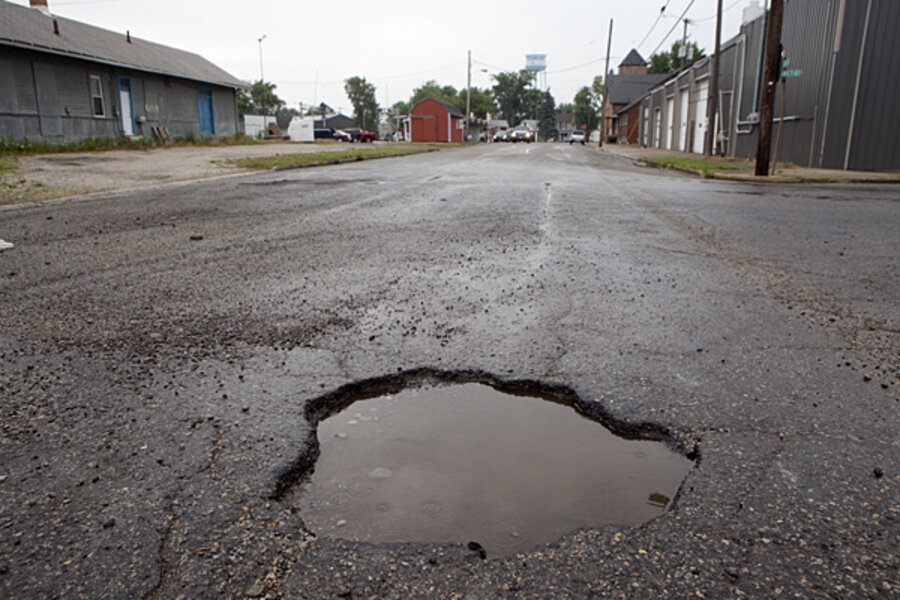Why we need an investment budget
Loading...
Part of the President’s State of the Union message and of his second term agenda apparently will focus on public investments in education, infrastructure, and basic R&D.
That’s good news. But how do we fund these investments when discretionary spending is being cut to the bone in order to reduce the budget deficit?
Answer: By treating public investments differently from current spending.
No rational family would borrow to pay for a vacation but not borrow to send a kid to college. No rational business would borrow to finance current salaries but not to pay for critical new machinery.
Yet that’s, in effect, what the federal government does now. The federal budget doesn’t distinguish between borrowing for current expenditures that keep things going, and future investments that build future productivity. All borrowing is treated the same.
A rational federal budget would treat them differently. It would allow additional borrowing for public investments whenever the expected return on those investments is higher than the cost of the borrowing. And it wouldn’t borrow a dime if the return on the investment is less than the borrowing costs.
Granted, such public returns can be hard to measure. But well-developed tools exist for doing so.
Consider infrastructure. Too many roads are potholed, bridges unsafe, public transport systems outdated, pipelines bursting, and schools literally falling apart. Studies show a public return on infrastructure investment to average $1.92 for every public dollar invested.
Obviously these investments must be done well and carefully. No bridges to nowhere. But our infrastructure is crumbling. Our future standard of living depends on it being repaired and upgraded.
To take another example, studies show the return on early childhood education to be between 10 and 16 percent, with 80 percent of the benefits going to the general public. At-risk children with access to intensive pre-education are more likely to graduate from high school and attend college, and have full and productive lives.
But only a handful of our children have access to it. If we treated such investments as they should be treated, we’d make substantial investments in early childhood education.
Public investments in basic research and development are also dropping, both in absolute terms and as a percent of GDP — even though the returns have been substantial.
The idea that gave birth to Internet search engines came from the National Science Foundation. The lithium-ion battery that powers iPhones and electric cars was developed by federally-sponsored materials science research.
Some say we don’t need to worry about public investments because private investments will fill any shortfall.
That’s simply wrong.
Capital markets are now global. Money sloshes across borders in search of the highest return anywhere.
That means, increasingly, private investments follow public investment.
The only way to ensure private investors will continue to invest America, and support the high living standards we want, is for Americans to be highly productive. This requires public investments in education, infrastructure, and basic R&D to keep us productive and make us even more productive in the future.
The federal budget doesn’t reveal any of this, and the current debate over budget deficits further obscures it.
We need a public investment budget — separate from the current expenditure budget — that clarifies what we’re investing in, and allows us to keep borrowing for such investments whenever the return justifies it.








